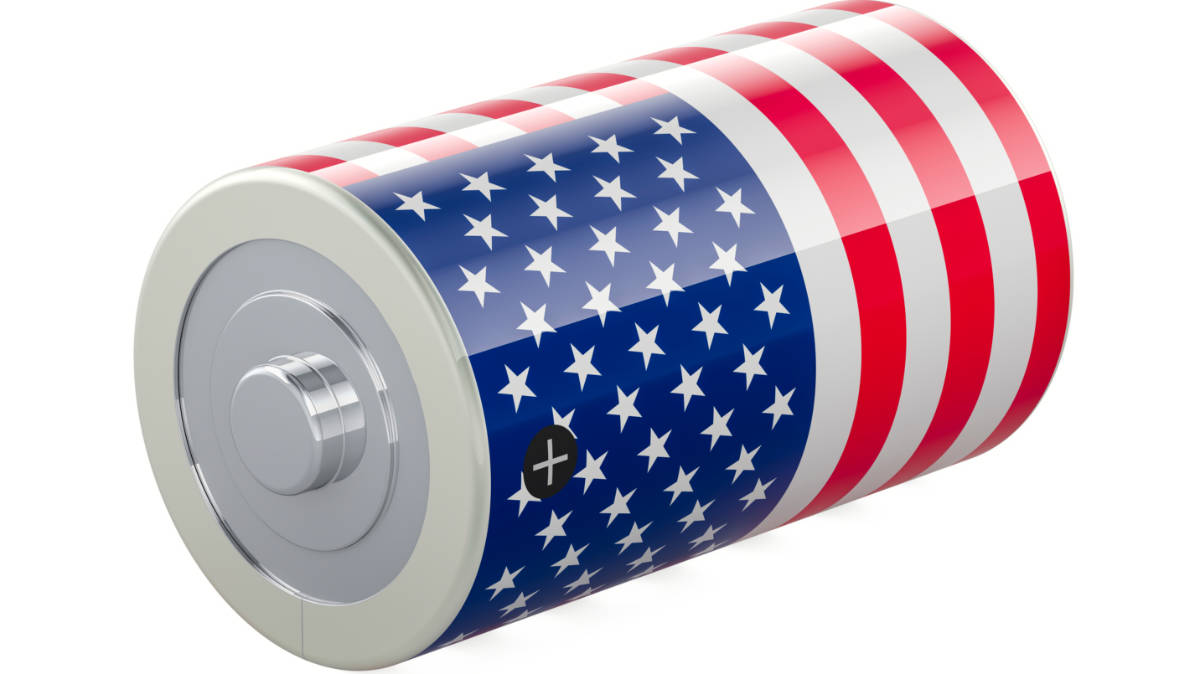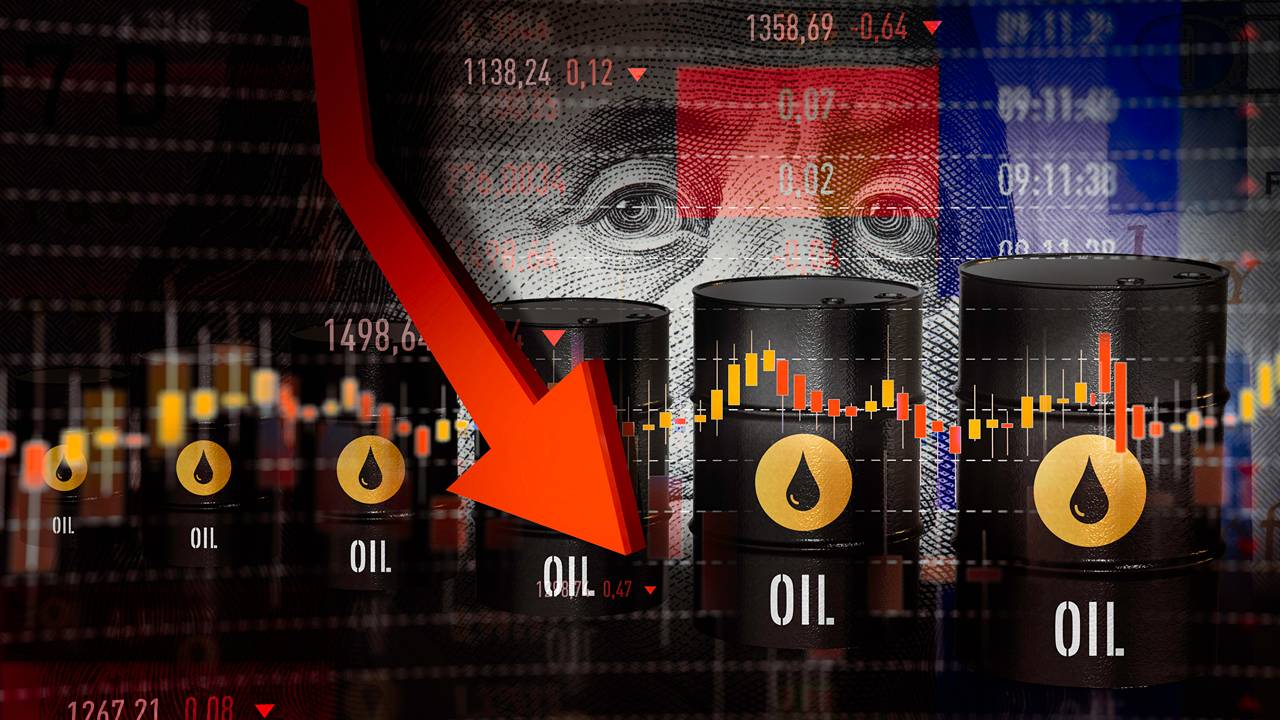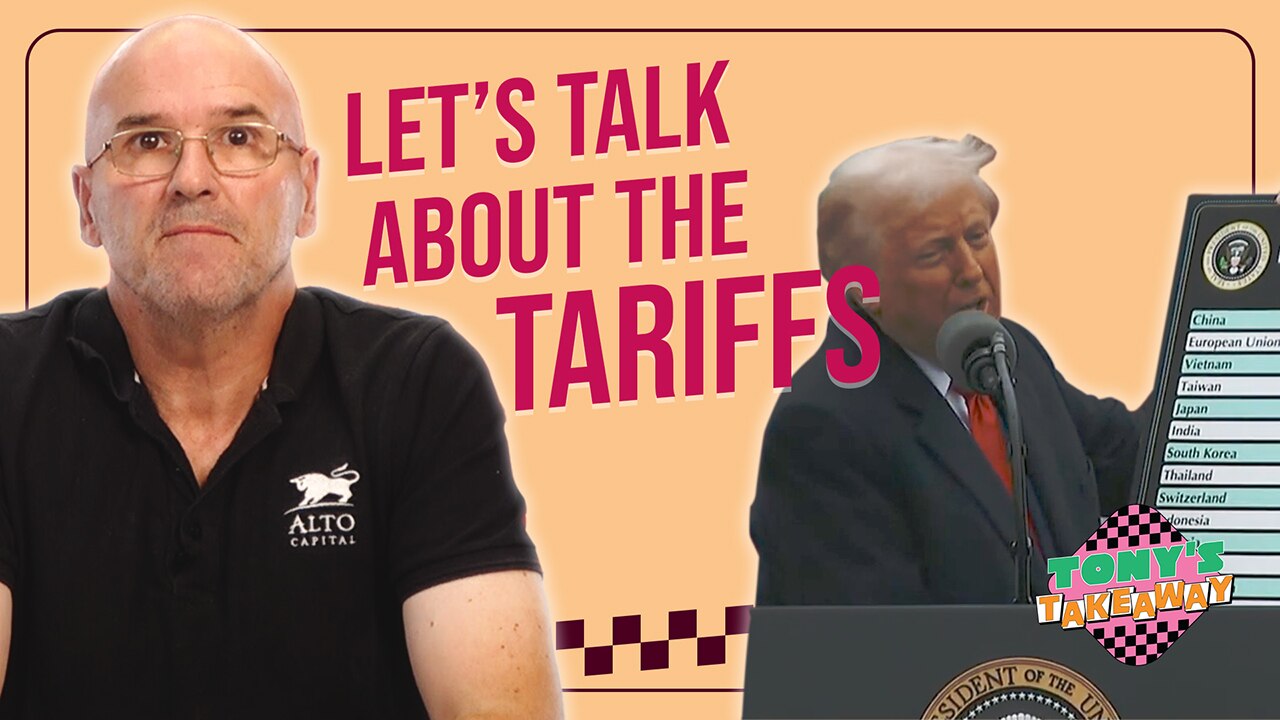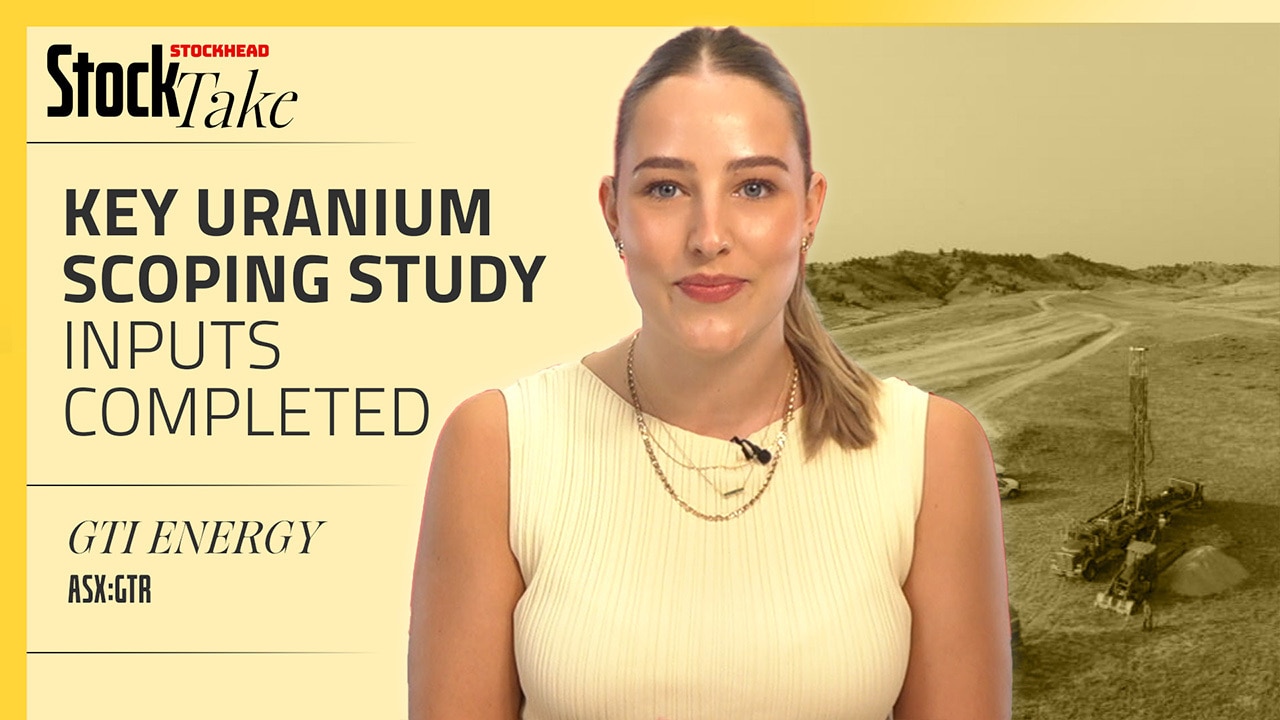What do Trump’s executive orders mean for US ASX lithium companies?
Trump’s executive order to increase domestic mineral production is part of sweeping efforts by the US administration to reduce reliance on overseas supplies of critical minerals.

Stockhead
Don't miss out on the headlines from Stockhead. Followed categories will be added to My News.
Trump signs executive order (EO) to shore up US production of critical minerals including lithium
But the lithium market is oversupplied, and has been for the past several years
US-based ASX lithium companies share their views on the implications of the EO
On March 20 US President Donald Trump made further moves to restore the nation’s mineral dominance by executing an order to increase American mineral production.
Similar to previous executive orders (EO), ‘Unleashing American Energy’ and ‘National Energy Emergency’, the order is intended to help the US reduce its reliance on imports from countries like China, which dominates production and processing of critical minerals.
But although the US is working to boost domestic supply, VP Capital co-founder John So told Stockhead Europe and China continue to dominate global demand.
China is the largest consumer of the lithium-ion battery supply chain, while Europe is positioning itself as a major player, driven by the EU’s Green Deal industrial plan which aims to produce 40% of ‘strategic net zero technologies’ within its borders by 2030, including lithium-ion batteries.
Both China and Europe lead in EV sales and production – in 2024, China sold roughly 11 million EVs, Europe sold 3 million and the US and Canada combined sold 1.8 million.
“The US isn’t a particularly big player in the electric vehicle space, which is principally what lithium mining is going towards at the moment,” he said.
“There’s an oversupply of lithium projects and mines that have come on in the past two years so US-based lithium projects will be a beneficiary of the executive order but for the lithium market generally, it’s not helpful for rebalancing supply and demand over the short term.
“What Trump’s policy really does is drive more supply into the market.”
Lithium oversupply and slow EV adoption rates
Anticipated demand growth from the energy transition has led to several years of oversupply in the lithium market.
According to Fastmarkets, production of lithium globally jumped from just over 737,000t in 2022 to almost 1.2Mt in 2024 on a lithium carbonate equivalent (LCE) basis.
While production rose in response to growing demand, slower-than-expected EV adoption pressured the market and led to oversupply.
Fastmarkets recorded a surplus of around 175,000t in 2023, and almost 154,000t in 2024.
But market participants expect the balance to be much tighter this year, with an oversupply of just 10,000t in 2025 before swinging to a 1,500t deficit in 2025.
We tapped the MDs and CEOs of several lithium companies operating in the US to see what they think about the current state of US lithium politics.
‘No silver bullet'
Chariot Corporation (ASX:CC9) is the largest landholder for lithium exploration in the US with stakes in both hard rock and clay-hosted lithium assets in Wyoming, Nevada and Oregon.
CC9 managing director Shanthar Pathmanathan told Stockhead Trump’s executive order is a massive win for US lithium miners and explorers but agreed with John So that it wouldn’t be felt due to the general oversupply in the lithium market.
“EVs, AI, and various biological technologies equate to the modern 'arms race' which is largely now between the US and China,” he said.
“For Chariot, the executive order validates our ‘American Made’ lithium strategy and now Washington’s backing may help clear roadblocks so we can accelerate faster.
“It absolutely helps to create a better environment for lithium production, but one executive order isn’t a silver bullet,” he said.
“We need to double down with sustained support and streamlined permitting to truly unleash the full lithium potential of our assets in the United States.”
ioneer (ASX:INR) owns the Rhyolite Ridge lithium-boron project in Esmeralda, Nevada and secured approval from the US Bureau of Land Management on the Final Environmental Impact Statement (EIS) last year, marking the final hurdle in the federal permitting process.
In a record-setting deal for an Australian company, ioneer received a $US996m ($1.6b) 20-year loan from the US Department of Energy to develop an on-site processing facility at the project, underscoring America’s push to rival China on critical minerals.
The company lifted resources at the asset by 45% in March to 510Mt containing 3.97Mt of lithium carbonate equivalent and 14.66Mt of boric acid equivalent, which will be the first new lithium mine in the US in almost 60 years and the first new boron mine in almost 100.
INR managing director Bernard Rowe said the three executive orders have many implications for lithium companies including expediting permitting for priority projects, prioritising land use for mineral production on federal land and accelerating private and public investments in mineral production, including Defense Production Act (DPA) funds.
He said it also clarifies some recent confusion around waste and overburden storage on mine sites.
“We expect Rhyolite Ridge will be identified as a priority project because of its importance as a domestic source of both lithium and boron,” Rowe told Stockhead.
“Many of the aspects addressed in the executive orders will be application to Rhyolite Ridge.
“Permitting and financing are the two greatest hurdles in developing a new lithium mine and the executive orders specifically address both.”
Volatility one of the biggest hurdles
Jindalee Lithium's (ASX:JLL) McDermitt project is neighbours with the Thacker Pass lithium mine, also in Nevada, which reached a final investment decision (FID) for the first phase of construction last week.
It is a joint venture between Lithium Americas Corporation and US automaker General Motors and is set to exploit a large lithium resource to produce battery grade lithium carbonate, becoming the largest US producer by an order of magnitude when Phase 1 is completed in late 2027.
JRL CEO Ian Rodger said the executive orders send the right signal and may attract more investment into the sector.
“However, the biggest hurdle for US lithium remains market volatility,” he said.
“Prices have dropped from ~80/kg to ~10kg and analysts forecast long-term prices around US$20 to $30/kg, which is needed to incentivise US projects.
“That uncertainty still hampers investment,” Rodger said.
JRL has previously submitted a DoD grant funding application under the DPA and while it’s unclear how this order may impact the company's specific submission, Rodger said he expects expect more US-focused funding to flow toward mining and processing projects like their own.
“As for permitting, it’s early to say, but our flagship McDermitt project is on federal land – meaning it stands to benefit directly from efforts to streamline approvals,” he said.
Anson Resources (ASX:ASN) also owns a lithium project on federal land in Utah.
Its Paradox Basin lithium asset is situated on 2,434 federal placer mineral claims which recently received approval from the USA Department of the Interior, Bureau of Land Management to begin western expansion resource drilling.
The company plans to enter the Mineral Canyon Fed 1-3 and Sunburst 1 wells to expand its current 1Mt lithium carbonate equivalent (LCE) resource.
Meanwhile, work is progressing at the DLE Green River pilot plant in Utah, 50km from Paradox, which reached a >99% average rejection rate of impurities including sodium, calcium, magnesium and potassium.
Rejecting more than 99% of impurities paves the way for a higher purity lithium carbonate product for use in electric vehicle batteries, which translates to low purification costs.
The DLE pilot plant ran over the course of seven months, monitoring the performance across different climatic conditions for the operation of a commercial plant.
Through its work with KOCH Technology Solutions, the two companies have established there is enough data to prove a ‘technical annex’, which guarantees a 10,000tpa production plant using Li-Pro LSS technology.
Global companies to localise and avoid trade risks
South Korea's Hyundai said it will make a record mega US$21b investment in the US to protect itself from the threat of tariffs which includes a US$6b investment for automotive components – including core parts for electric vehicles (EVs), such as battery packs – which directly supports domestic lithium demand.
Rodger said Trump’s tariffs are driving global companies to localise and invest heavily in the US to avoid trade risks.
“That’s exactly why Jindalee recently appointed advisors to pursue strategic partnerships in the US – we’re positioning to capitalise on the structural shift toward domestic manufacturing supply chains," he said.
At Stockhead, we tell it like it is. While Chariot Corporation and Anson Resources are Stockhead advertisers, they did not sponsor this article.
Originally published as What do Trump’s executive orders mean for US ASX lithium companies?






